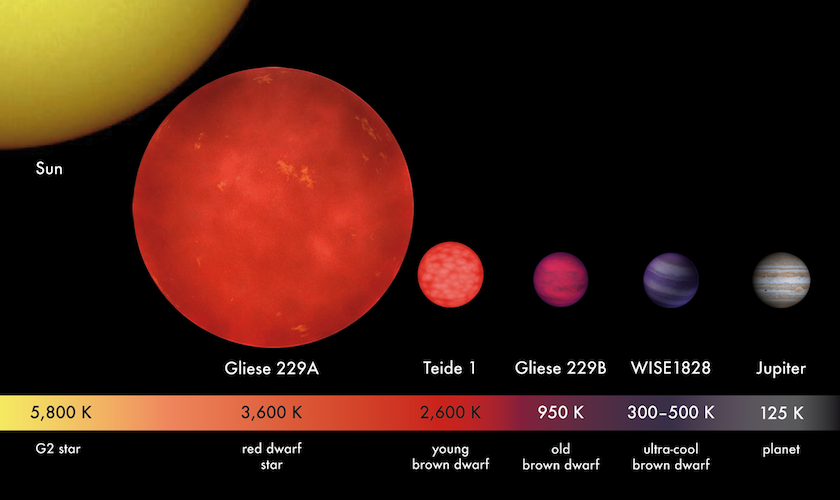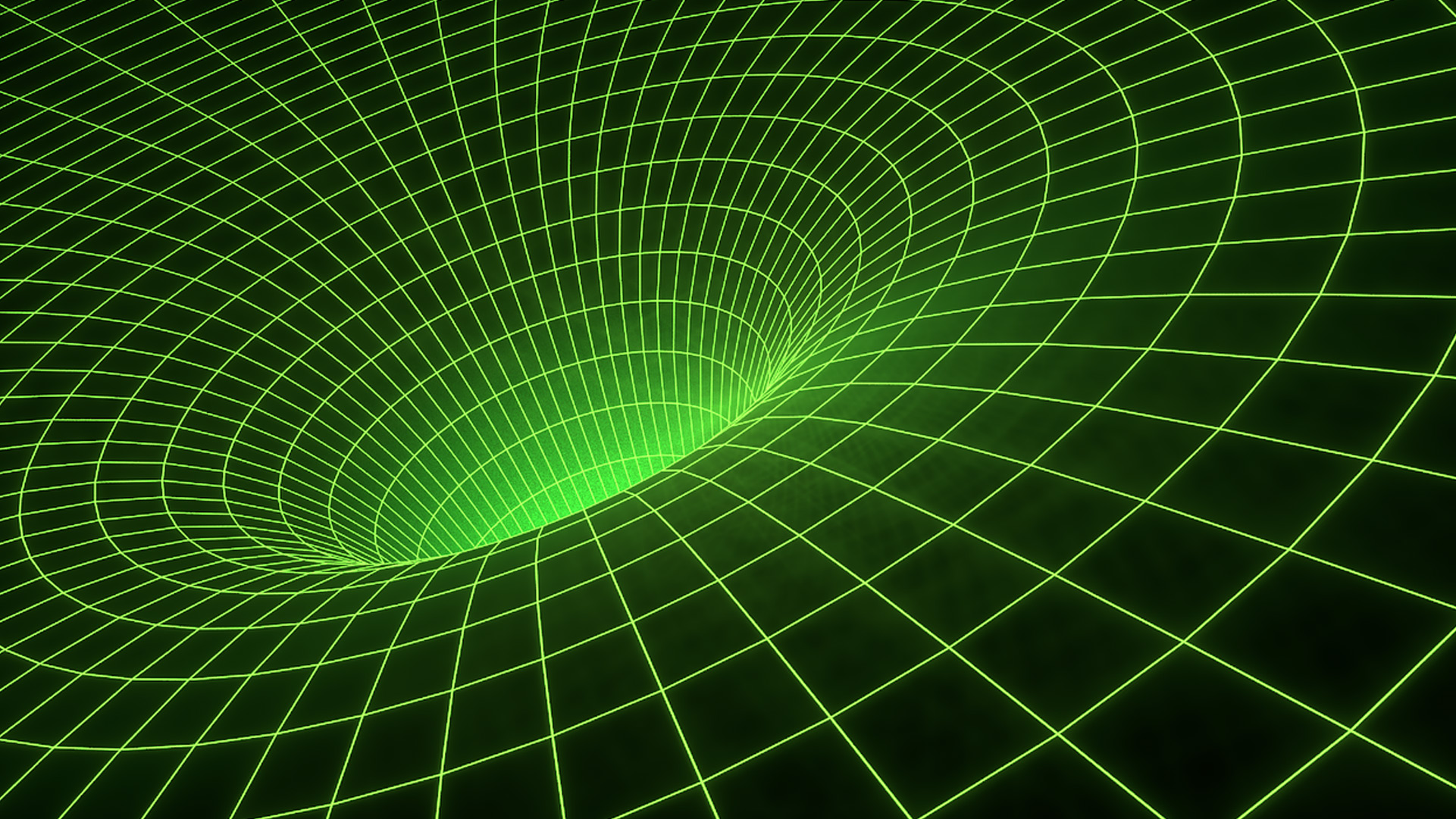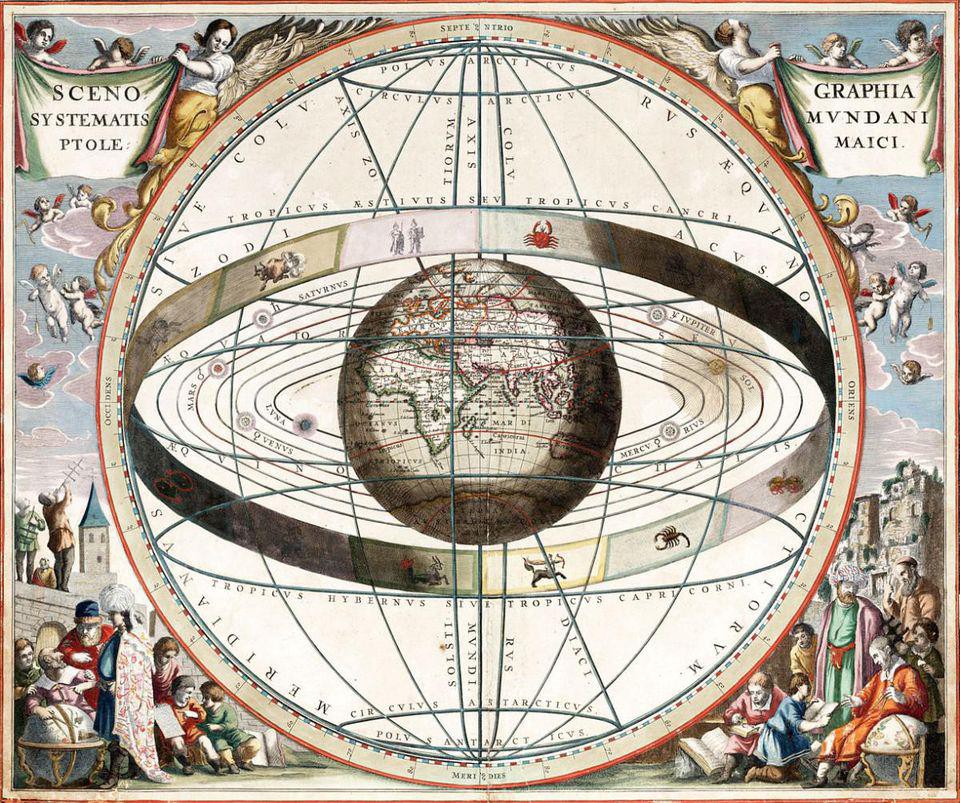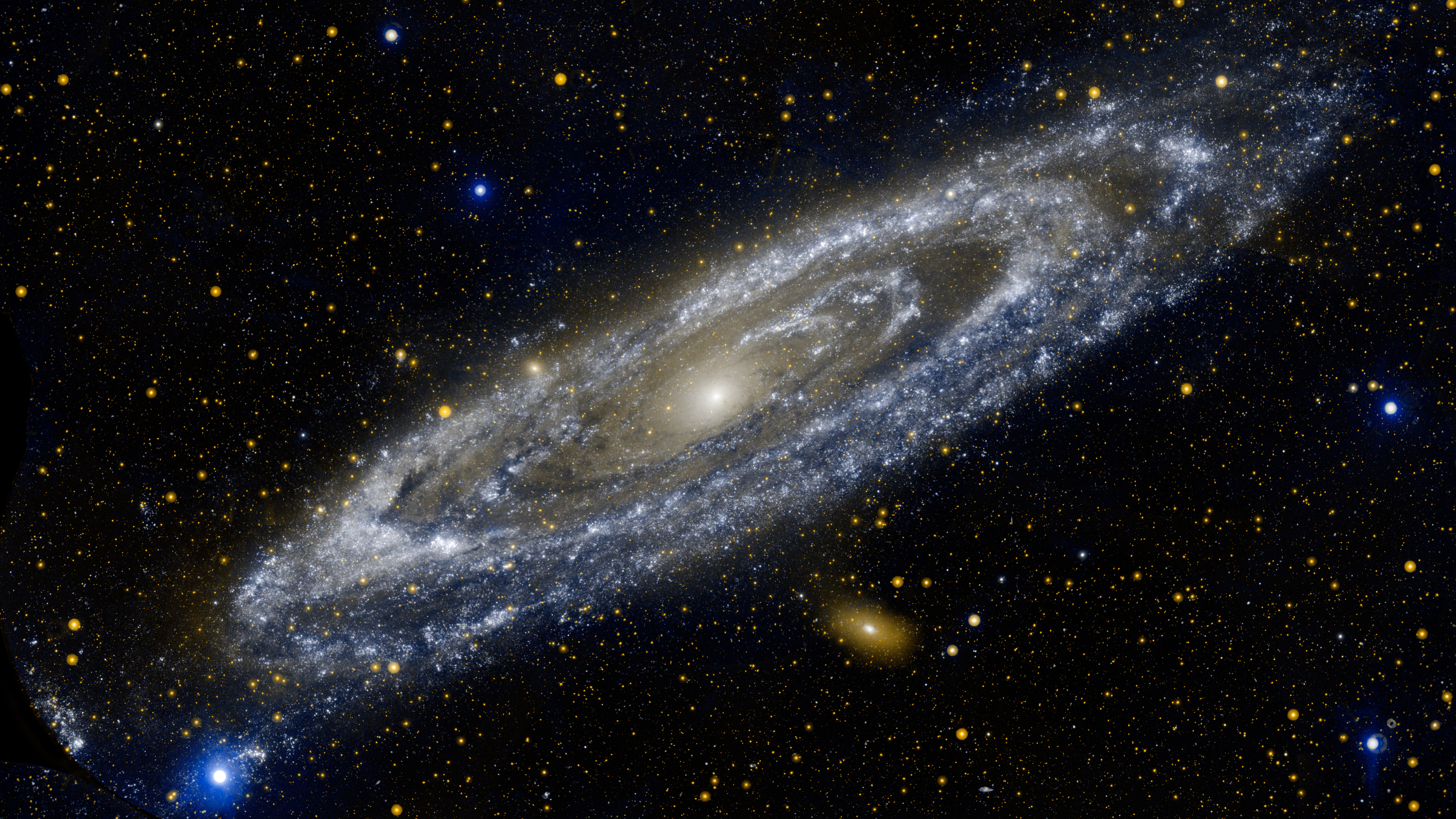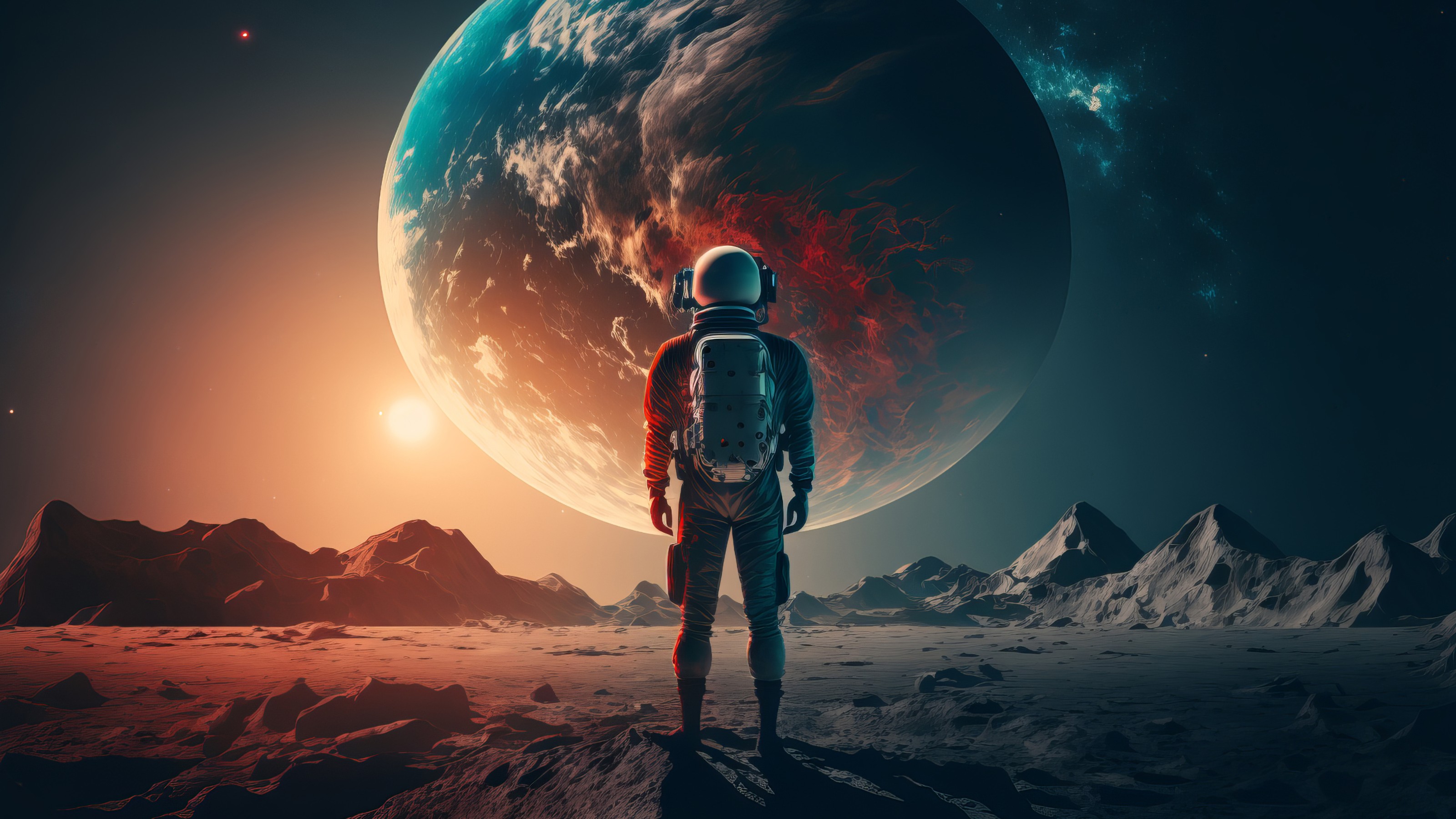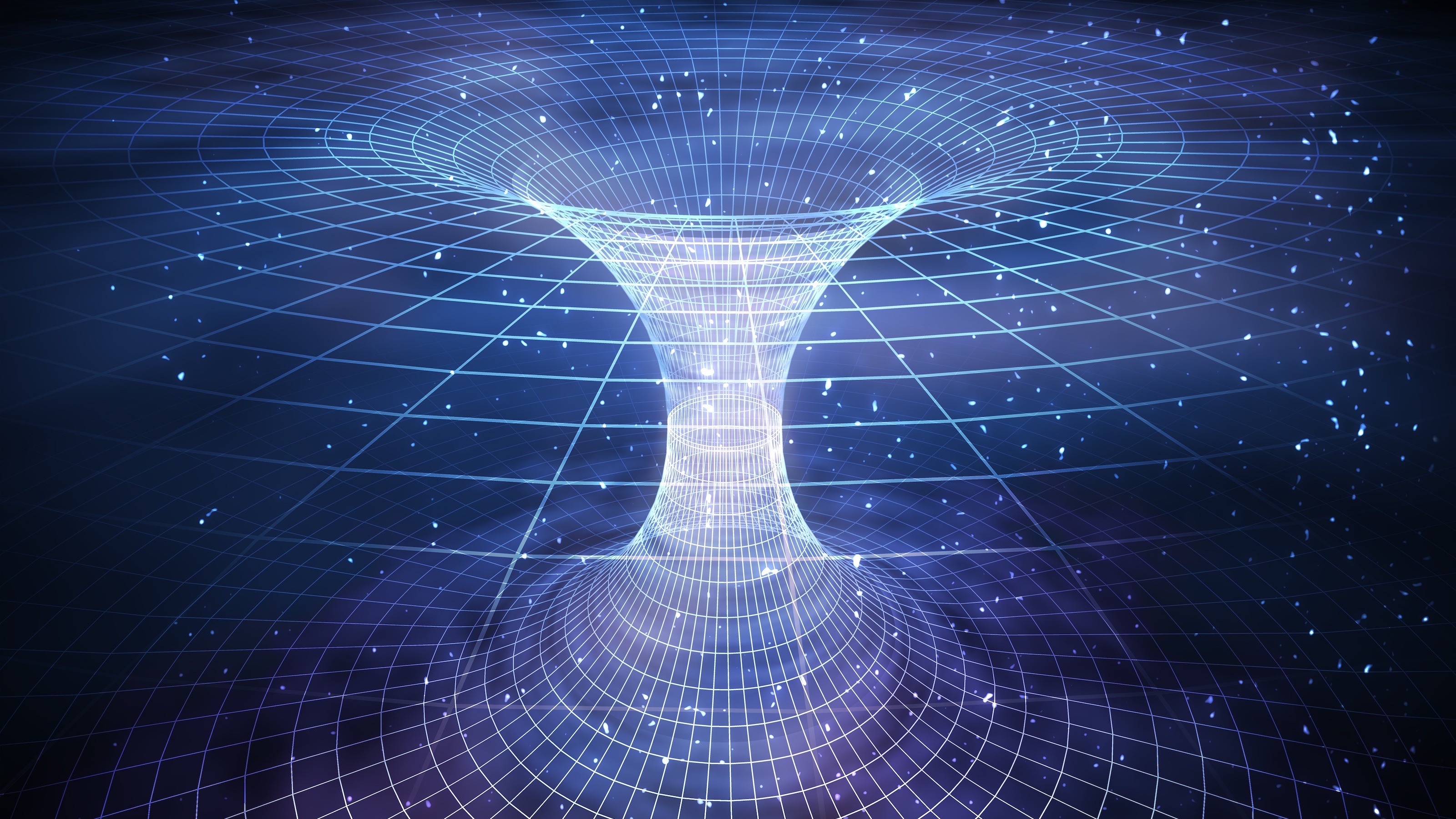Studies suggest that meditation can quiet the restless brain.
Search Results
You searched for: sun
Black holes aren’t just the densest masses in the Universe, but they also spin the fastest of all massive objects. Here’s why it must be so.
With ~400 billion stars in the Milky Way and 6-20 trillion galaxies overall, that makes for a lot of stars. But not as many as you’d think.
A more distant galaxy liked the lens so much that it went and put a ring on it. Here’s the science behind this remarkable cosmic object.
Human beings are tiny creatures compared to the 92 billion light-year wide observable Universe. How can we comprehend such large scales?
Between the least massive star and most massive planet lies the mysterious brown dwarf: a class of objects that are neither star nor planet.
A physicist, a psychologist, and a philosopher walk into a bar and discuss a framework for thinking better in the 21st century.
Yes, the Universe is expanding, but if you’ve ever wondered, “How fast is it expanding,” the answer isn’t in terms of a speed at all.
The strongest tests of curved space are only possible around the lowest-mass black holes of all. Their small event horizons are the key.
Back in 1990, we hadn’t discovered a single planet outside of our Solar System. Here are 10 facts that would’ve surprised every astronomer.
No planet enters retrograde more frequently than Mercury, which does so 3-4 times each year. Here’s the scientific explanation for why.
Gravitational waves carry enormous amounts of energy, but spread out quickly once they leave the source. Could they ever create black holes?
The Big Bang’s hot glow faded away after only a few million years, leaving the Universe dark until the first stars formed. Oh, the changes!
In the grand scheme of the cosmic story, a single year isn’t all that significant. But over time, the annual changes really add up!
Could life be widespread throughout the cosmos, in the subsurface oceans of ice-covered worlds? NASA’s Europa Clipper mission investigates.
Get ready for the most peculiar road trip that will help you understand the vastness and emptiness of the solar system — and Sweden.
A scientist’s first-hand account shows the world can tackle a global environmental crisis.
1.9 billion years ago, a star’s explosive death created a black hole. Its light just arrived at Earth. But did it set a cosmic record?
The largest particle accelerator and collider ever built is the Large Hadron Collider at CERN. Why not go much, much bigger?
Chemical changes inside Mars’ core caused it to lose its magnetic field. This, in turn, caused it to lose its oceans. But how?
We are about to learn a lot more about the most elusive of cosmic particles.
The cosmic microwave background offers clues.
NASA is creating a planet habitability index, and Earth may not be at the top. With our current data, ranking habitability is guesswork.
Unless you have a critical mass of heavy elements when your star first forms, planets, including rocky ones, are practically impossible.
Why do so many cultures celebrate holidays at the same time of year?
▸
4 min
—
with
We are traveling in a realm that once exclusively belonged to the gods. Space travel will force humanity to rethink everything.
All the stars, stellar corpses, planets, and other large, massive objects take on spherical or spheroidal shapes. Why is that universal?
Leading a scientific revolution is easy: you just have to succeed where the current theory fails while equaling its successes. Good luck!





